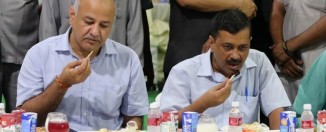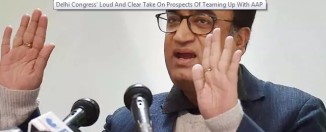Why not restrict odd-even rule to a week, Delhi high court asks Kejriwal govt
New Delhi high court on Wednesday asked the state government why it was necessary to run the odd-even traffic rule for more than a week, and wondered if it could end the scheme meant to check city’s pollution by Friday.
“What is the need to run odd-even scheme after a week?” the court asked. “You will have to admit that you don’t have enough public transport to ferry the public.”
The court also sought a report from the Arvind Kejriwal government on changes in the level of pollution in the national capital since the scheme came into effect on January 1.
On Tuesday, the government said the cut in vehicular emission due to the scheme has shown “definitive decline” in levels of PM2.5 pollutants and claimed the there has been a “positive impact” of the 15-day experiment so far.
“According to the scientists of the Delhi Pollution Control Committee (DPCC), 80 per cent of PM2.5 air pollution is caused by vehicular traffic and reduction in its levels, even in outer areas of Delhi shows that reduction of four wheeled vehicles on roads since the New Year Day is having a positive impact,” the government said in a statement.




